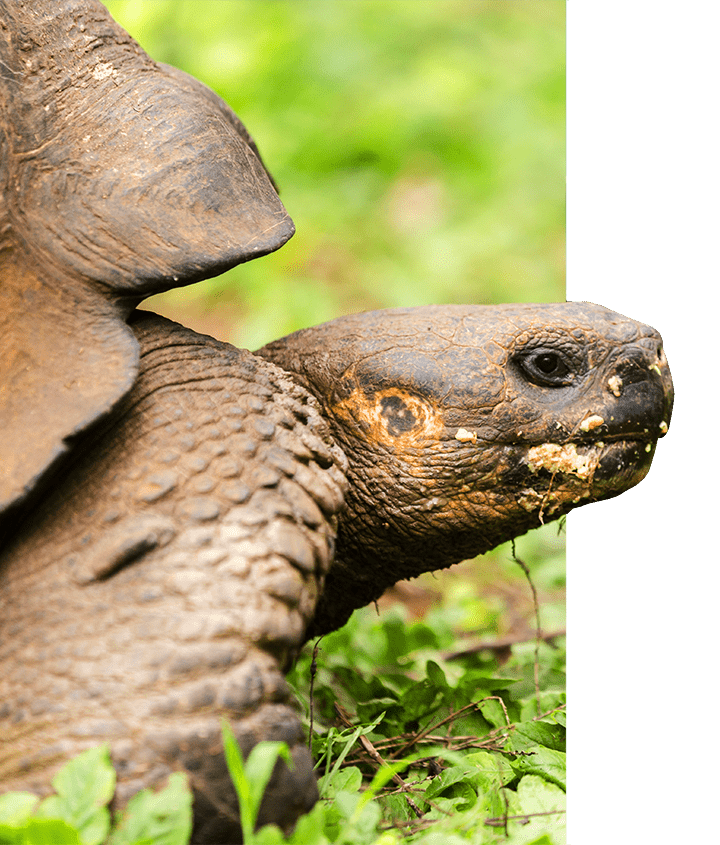
While every time of year in the Galapagos is wonderful, thanks to its tropical climate and wide range of annual natural events, December brings its own unique advantages and experiences that our guests have been enjoying for decades.
December represents the beginning of the warm season in the Galapagos, where you’ll enjoy crystal-clear waters, gorgeous blue skies and some of the most dazzling natural occurrences that take place in these gorgeous Islands.
If you’re wondering whether December is the right time for you to travel to the Galapagos, here are 6 reasons why it could be perfect.
Temperatures for Galapagos Islands in December:
| Average Low: | Average High: | Water Temperature: | Average Rainfall: |
|---|---|---|---|
| 72°F / 22°C | 81°F / 27°C | 73°F / 22.5°C | 0.50 inches / 1.30 cm |
1. Giant Galapagos Tortoise Eggs Begin to Hatch
Famous for their role in the development of Charles Darwin’s theory of evolution, the Giant Tortoises of the Galapagos have been the stuff of myth and legend for generations. But here on the islands, they’re quite real—and even more magnificent than you can imagine.
One of the greatest draws of visiting the Islands in December is the opportunity to see these incredible creatures hatching for the first time of the season. This is the time when enormous creatures that can live for over a century begin their journeys as tiny hatchlings, and it’s a truly beautiful sight to behold.
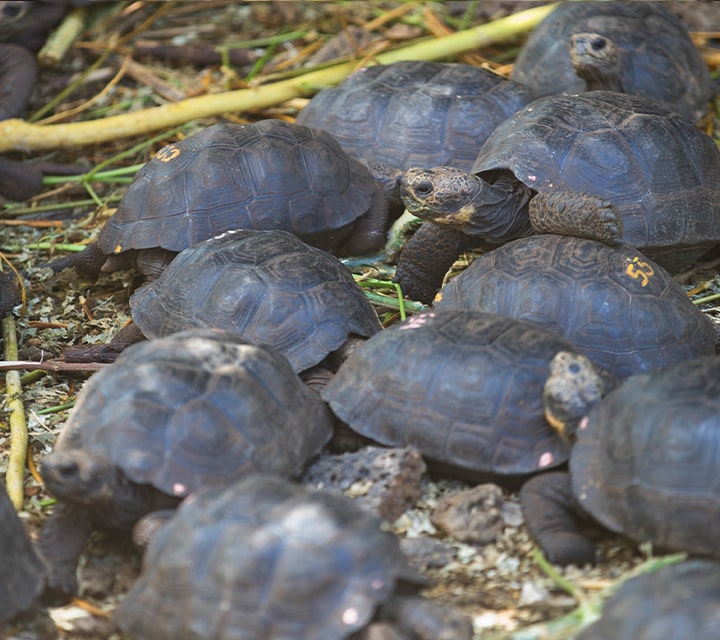
2. Active Green Sea Turtles During Mating Season
Speaking of shelled reptiles, December is also significant when it comes to some of the Tortoises’ aquatic cousins. December marks the beginning of Green Sea Turtle mating season, when these magnificent sea creatures are at their most active and likely to be seen. Romance is in the air as the Green Sea Turtles swim together and glide through the crystal clear waters just off the Islands. Snorkel with these wonderful Galapagos residents as they begin their mating season in the warm December waters.
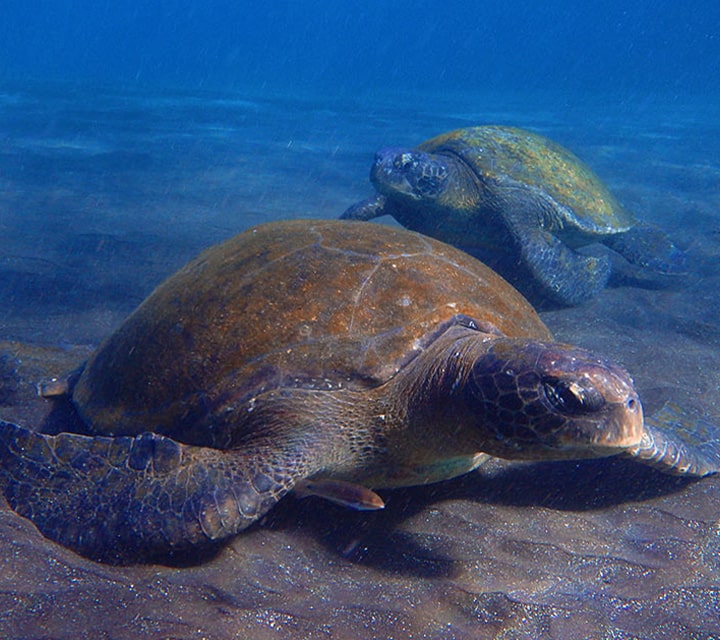
3. Warm Weather and Warm Water
Speaking of warm water, you’ll find plenty of it when you visit the Galapagos in December. Because the Islands are located in the southern hemisphere, December marks their warm season. That means the water is a glorious 73°F (22.5°C) on average, perfect for snorkeling, swimming, and enjoying everything the coastal waters of the Galapagos have to offer.
Meanwhile, the air temperature is equally divine, ranging between 72°F to 81°F (22°C-27°C) throughout the month— always warm enough to enjoy the natural beauty of the Islands, and never so hot that you’ll become uncomfortable while exploring the beauty of the landscape and marine environment.
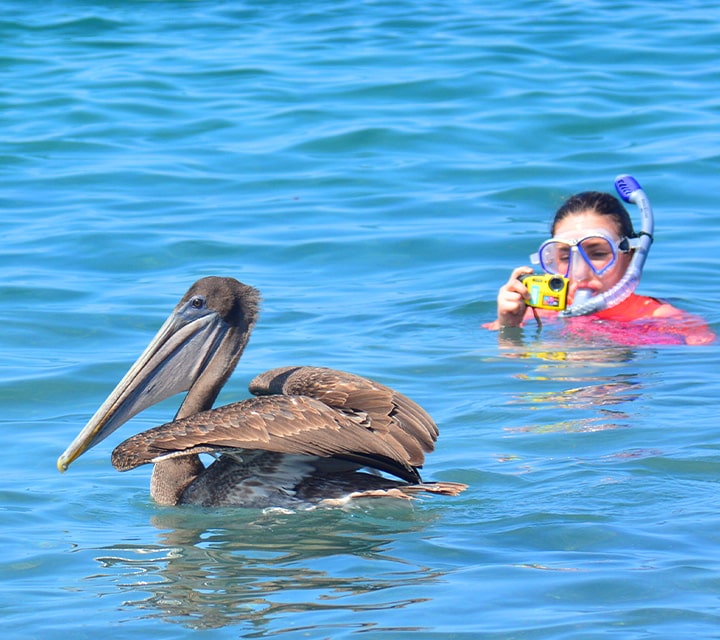
4. The Green Galapagos Arrives
While we’re on the subject of the landscape, December is one of the most sublime times of year to enjoy it. As the Islands enter the beginning of their wet season, plants and flowers begin to bloom and unveil the “Green Galapagos.” The hills, mountains, and valleys come to life with vibrant and rich green hues that will leave your photos looking like you took a vacation to paradise... which you really did!
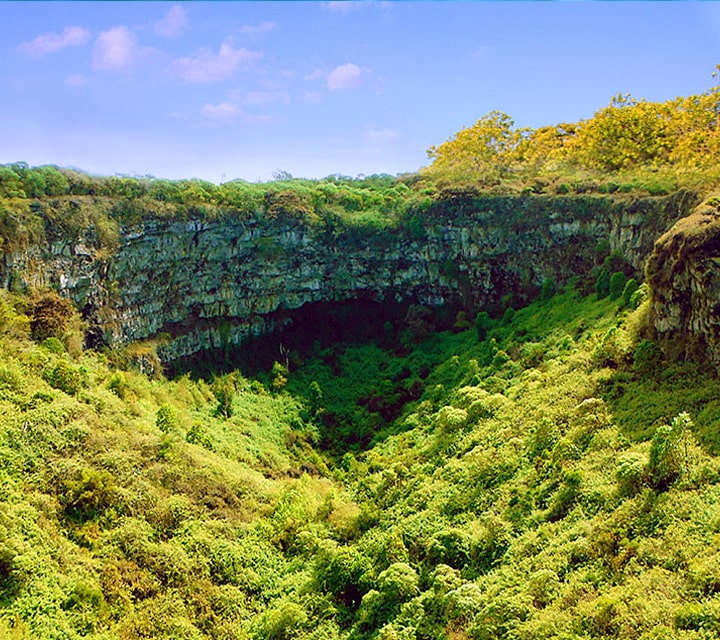
5. Still-Clear Skies
December marks a wonderful sweet spot when it comes to weather on the Islands. The wet season has just begun, which means that the land has become green and flowers are beginning to bud. Yet the sky is still mostly clear during the day, allowing you to take in the gorgeous sunshine and warm sun while you explore and enjoy the beauty of the Galapagos.
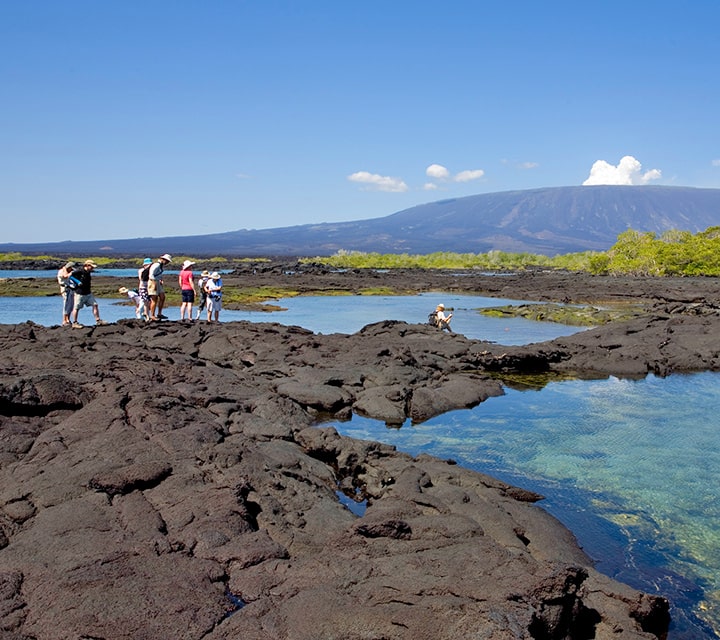
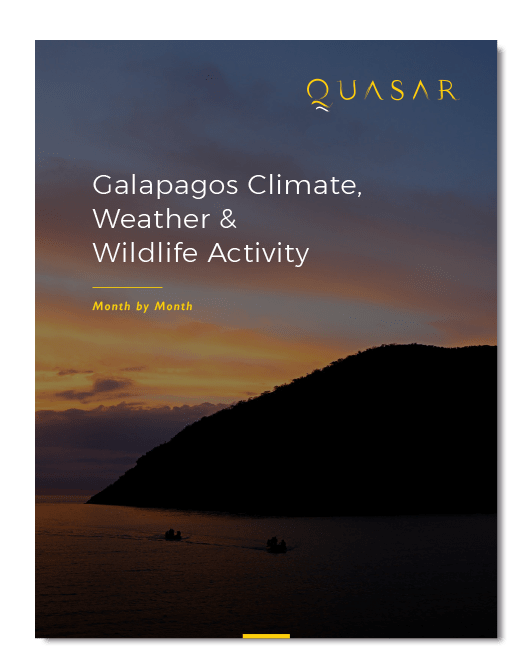
6. The Fledge of the Young Waved Albatross
The Waved Albatross is one of the world’s most magnificent birds, boasting the widest wingspan of any bird on the planet. But in December on the Galapagos, you’ll see these personality-rich birds at a rarely witness stage of their life. In December, recently-hatched albatross babies begin to fledge, a period when they develop their feathers and learn to fly. This fascinating process is on full display as you explore the Islands.
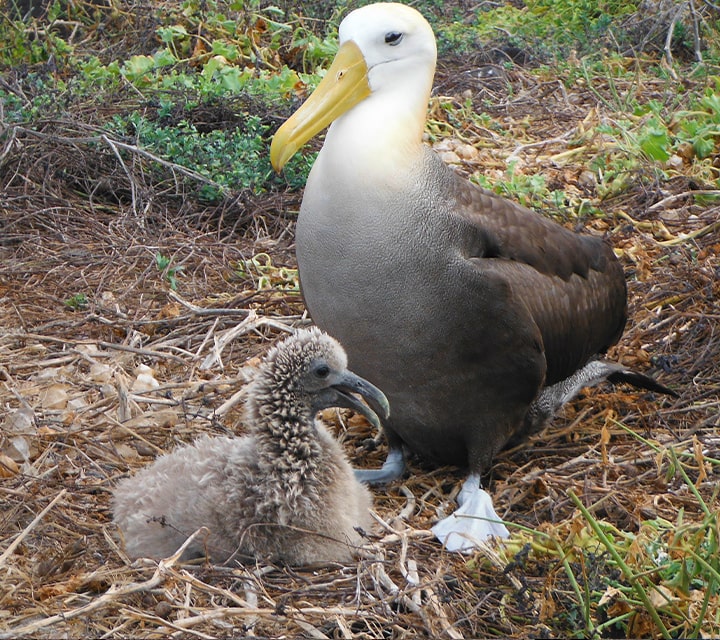
If you think December offers everything you’re looking for in a Galapagos experience, you won’t be the only one. Hundreds of our Guests have experienced the magic of the islands at this beautiful time of year.
Just ask ENRIQUE:
“I went aboard the M/Y Grace and highly recommend it. The level of service was excellent, the accommodations and food were very good. To experience the Galapagos Islands in December with a group of just 15 people makes it even more precious. The guide Rafael was outstanding not only for his knowledge but also his enthusiasm about the islands. The island excursions and snorkeling where fantastic. Overall the experience exceed my expectations and highly recommend traveling with Quasar Expeditions.”
Click here for more information on Galapagos Islands Weather


